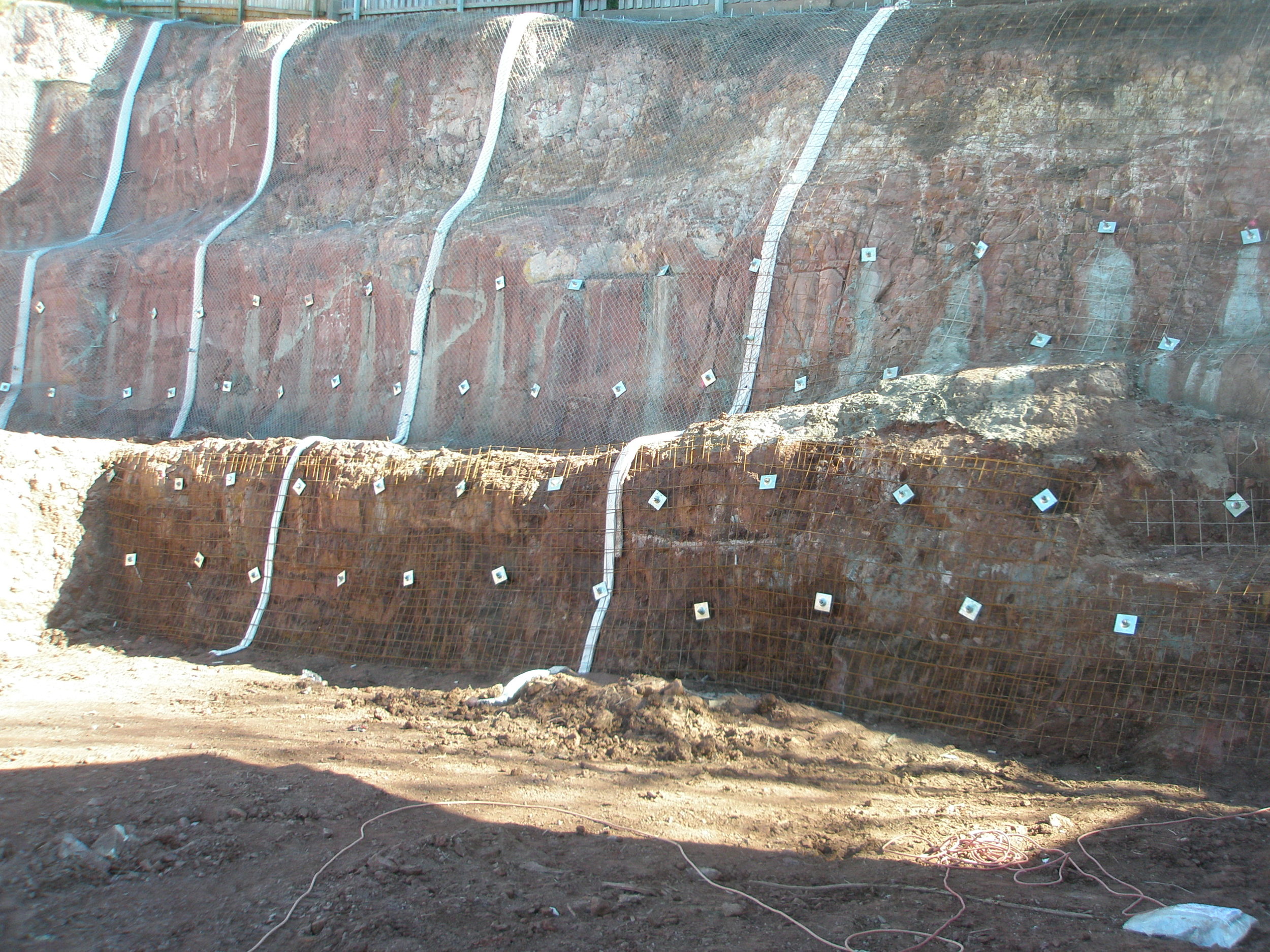Williams Anchors: Industry-Leading Anchoring Systems for Enhanced Structural Assistance
Reliable Rock Anchors for Secure and Stable Foundations
In the realm of civil engineering, the function of dependable rock anchors can not be overemphasized, as they are pivotal in establishing secure and secure foundations across a variety of applications. Understanding the different kinds of rock anchors, their particular applications, and the ins and outs of installation and maintenance is important for optimizing their performance.
Sorts Of Rock Anchors

Easy supports depend on the weight of the framework and the bordering dirt or rock to supply resistance. Active supports, on the various other hand, entail the application of tension through a high-strength cable or rod, developing a pre-stressed problem in the support - Williams Anchors.
Grouted supports are an additional substantial group, where a steel bar or wire is put into a pierced hole, followed by a cementitious grout. When healed, the cement bonds with the surrounding rock, producing a durable anchoring system. Each sort of rock anchor uses distinctive advantages based on the specific geological problems and architectural demands, therefore playing an important role in the overall honesty and long life of built centers.
Applications in Building And Construction
Rock anchors play a pivotal role in numerous construction applications, giving crucial assistance and stability in varied atmospheres. These innovative services are used in tasks varying from massive infrastructure developments to smaller sized household frameworks. One of the key applications of rock anchors remains in the stabilization of inclines and retaining wall surfaces, where they aid avoid dirt disintegration and keep structural honesty.
In addition, rock anchors contribute in securing structures for bridges, passages, and high-rise structures, guaranteeing they can withstand side forces such as wind and seismic activity. Their versatility enables installment in difficult geological problems, making them excellent for projects in hilly or rocky terrains.

Secret Choice Standards
Selecting the suitable rock support for a particular application requires mindful consideration of a number of vital requirements. First and leading, the geological conditions of the site need to be extensively evaluated. Understanding rock kind, strength, and security is important to make certain that the support visit this website will certainly do efficiently under load problems.

One more essential aspect is the deterioration resistance of the support materials. In settings exposed to wetness or chemicals, utilizing corrosion-resistant products will certainly extend the life expectancy of the anchors and maintain architectural stability with time.
Furthermore, the anchor's installment method must align with the task's requirements and constraints. Alleviate of installment, as well as the prospective effect on bordering structures, need to be taken into consideration.
Setup Techniques
Efficient setup methods Check This Out are vital for the successful performance of rock anchors. Correct installation makes sure that the supports achieve the desired load-bearing capability and stability within the geological problems. The very first action in the installation process entails website evaluation, where geological surveys identify the rock kind, condition, and any potential challenges.
When the website is evaluated, the appropriate boring technique have to be picked-- options consist of rotating boring, ruby exploration, or percussion drilling. The choice depends upon rock solidity and environmental factors to consider. Accurate exploration depth and angle are important to make sure that the anchors straighten with structural demands and tons distribution.
After boring, the next phase involves cleaning up the borehole to remove particles, which can jeopardize bond strength. Following this, the support is placed, and if required, a cement or resin is infused to enhance attachment. The treating time of these materials have to be adhered to, guaranteeing that the supports accomplish complete stamina prior to any type of load is used.
Maintenance and Evaluation
Appropriate upkeep and assessment of rock anchors are important to ensure their lasting performance and integrity Read Full Article (Williams Anchors). Regular analyses help determine any prospective concerns, such as rust, variation, or structural tiredness that can compromise the honesty of the anchoring system
Routine assessments should be carried out at defined intervals, taking into account ecological elements and the certain application of the rock anchors. Visual assessments need to focus on the revealed areas of the anchors, looking for indicators of corrosion, cracks, or various other abnormalities. In addition, it is critical to evaluate the surrounding geological problems to identify any shifts in soil or rock that might influence support efficiency.
In many cases, more sophisticated methods such as lots screening or non-destructive screening might be warranted to establish the supports' load-bearing capability and total wellness. Correct documentation of inspection findings, maintenance activities, and any type of repair work or replacements performed is crucial for recurring analysis and compliance with industry requirements.
Conclusion
To conclude, reliable rock anchors play an essential function in making certain safe and steady structures across different building applications. By effectively moving loads and enhancing security versus lateral forces, these anchors add dramatically to the long life and stability of structures such as bridges, passages, and preserving wall surfaces. Strategic choice, installation, and upkeep of rock supports are vital for optimizing efficiency and securing public security, ultimately emphasizing their value in contemporary engineering techniques.